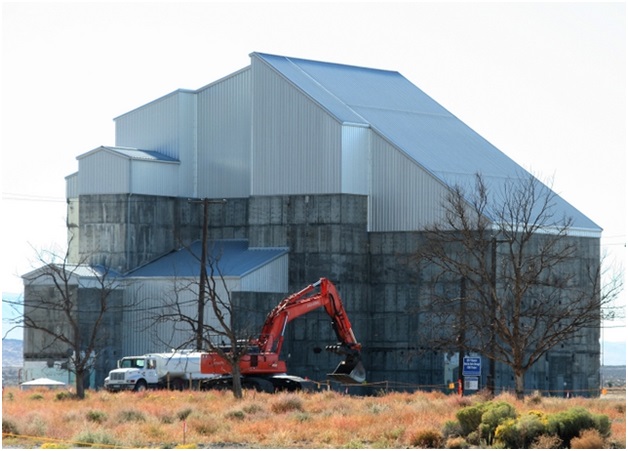The United States Environmental Agency exists for the purpose of insuring the well-being of the environment and public health by monitoring for pollutants and regulating sources of pollution. The EPA has a history of criticizing other agencies when they proposed standards for acceptable levels of radiation that the EPS felt were not sufficiently protective of the environment and human health. The EPA “acceptable risk range” for limiting exposure to carcinogens lies between one new cancer in a million people and one new cancer per ten thousand people, the closer to one in a million, the better. The EPA does not distinguish between hazardous chemicals and radioactive materials. The EPA once complained to the U.S. Nuclear Regulatory Commission about a proposed standard. “To put it bluntly, radiation should not be treated as a privileged pollutant. You and I should not be exposed to higher risks from radiation sites than we should be from sites which had contained any other environmental pollutant.”
This sounds good but it turns out that the EPA does not follow its own advice when it comes to acceptable levels of radiation exposure. The EPA has just released an Advanced Notice of Proposed Rulemaking with respect to Environmental Radiation Protection Standards for Nuclear Power Operations covered in 40 Code of Federal Regulation 190. The proposed change would allow for whole body exposure to radiation that could result in a maximum risk of two thousand new cancers per one million people.
It turns out that the EPA method of regulating radiation exposure is treated differently from the regulation of all other carcinogens. All other standards are stated in terms of risks of new cancers. Radiation standards are stated in terms of exposure measured in special radiation units of “Roentgen equivalent man” (REM) and Sieverts which equal one hundred REMs. These special measures make it difficult for decisions makers and the public to compare radiation exposure to exposure to other carcinogens. Since the initial adoption of 40 CFR 190 in the 1970s, it has been found that radiation exposure is much more dangerous than originally assumed. However, the standards for safety have not been changed to reflect this new understanding even though the EPA promised to review standards every five years from the original adoption in the 1970s.
Instead of raising standards for radiation exposure, the EPA Office of Radiation and Indoor Air (ORIA) has proposed weakening the current standard to allow for increased exposure to radiation. The ORIA wants to abandon the use of measuring exposure by “actual organ dose” in favor of a new measure called the “effective dose equivalent.” This change would allow for up to twenty five times the current limit for exposure. For some particular radionuclides at contaminated sites, the risk would increase by three and a half times.
The use of the new effective dose equivalent measure has been attacked by critics because it allows subjective judgments of the damage and pain caused by particular cancers. These critics would like to replace the idea of effective dose equivalent with an effective risk equivalent measure which would be more objective and accurate in the assessment of risk. Basing danger of radiation exposure on estimated risks of additional cancers is a better way to protect public health. The EPA should be reducing acceptable exposure to radiation, not increasing it.




